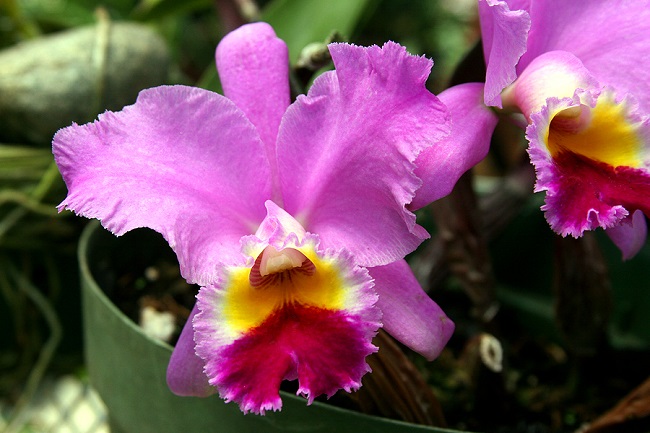
Growing cattleya orchids is said to be one of the most difficult tasks an orchid grower can get himself into, and this is with valid reasons. Unlike ordinary orchids, this species requires very specific conditions to be successfully cultivated. But if you do this properly, you will have one of the most beautiful species of orchids and at the same time one of the most expensive.
That is why no matter how difficult and intricate growing cattleya orchids may be, many growers still embark on the journey and try their green thumbs on them.
Knowing the fundamentals of growing orchids will not suffice with this species of orchid. They have certain requirements a grower must follow to ensure success. In fact, because of their “needy” disposition they were once the orchids that expert growers dubbed as the “untouchables” for beginners. It is said that to grow a cattleya you must know it personally first.
To help you with your journey of learning how to grow cattleya orchids, here are 3 little-known tips in growing them:
Use a Greenhouse
If you want to successfully grow cattleya orchids, then you need a greenhouse. These orchids are virtually impossible to grow outdoors. Yes, there are certain places, such as some parts of Florida and other nearby states, that they can successfully thrive in, but even there they can be difficult and complicated to handle. Growing them indoors, on the other hand, has been found to be quite successful. Read this article and learn how to create an orchid greenhouse.
Inside structures, such as greenhouses and Wardian cases, the correct humidity and warmth can be controlled and therefore achieved. For these plants to flourish properly there must be as much as 60% to 70% humidity surrounding them during the day and a temperature not lower than 55°F to 60°F. Not following this certain set of conditions will result in a wilted plant or worse, a dead one.
More Sunlight but Not Too Much
Another tricky part of growing cattleya orchids is its light requirements. Compared to your normal orchid, they require more light but too much can kill it. Tropical sunlight may be the perfect kind of light for growing these orchids, but here on our part of the world, this species of orchid cannot take the quality of summer sunlight. To grow cattleyas, you need to follow this simple rule when giving them sunlight. It’s a lot of work, but it is very effective.
Place them in direct sunlight during summer only in the mornings and late afternoons. From 11:00AM to 3:00PM in the afternoon, do not expose them to direct sunlight or they will burn. If you are finding this difficult to do manually you can try to place them under the shade of a larger tree or plant. This will provide the same protection as moving them manually at certain time periods.
Osmunda – The Perfect Match
When growing orchids that are epiphytes (like the cattleya), the best choice for a potting medium is osmunda. This potting medium has a lot of fiber, moisture, and provides a good source of humidity. Like any other orchid, one sure way to kill it is to over water it. A good way to know if you are over watering is that if you are, your potting medium will start to grow ferns and moss.
When potting, be sure to align the grains of the osmunda parallel to the axis of the pot. This will aid in the proper drainage of water. Never ever use too much osmunda; just enough fiber from this medium will ensure that the roots of your cattleyas will be thriving.
Cattleyas are one of the most wonderful and easy enough to grow species of orchids, just as long as you follow their specific requirements for proper cultivation. And of course, the rewards are worth it!
Mary Ann Berdak is the author of the #1 best-seller, Cattleya Orchid Care: The Ultimate Pocket Guide to Cattleya Orchids, now available at Amazon.com. For more information on orchid care, download her free report, “The 5 Biggest Orchid Mistakes (and How to Avoid Them!)”, at OrchidCareZone.com.
Related Articles & Free Email Newsletter Sign Up
3 Orchid Propagation Techniques
10 Essentials for Growing Stunning Cymbidiums
What Leaves Tell Us About Orchid Health




Comment here